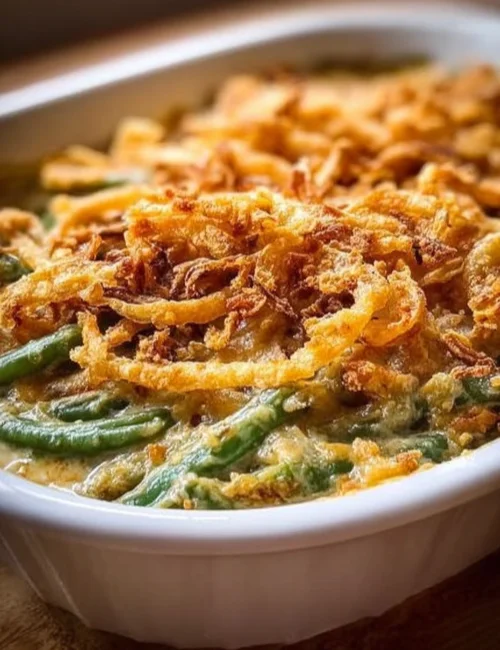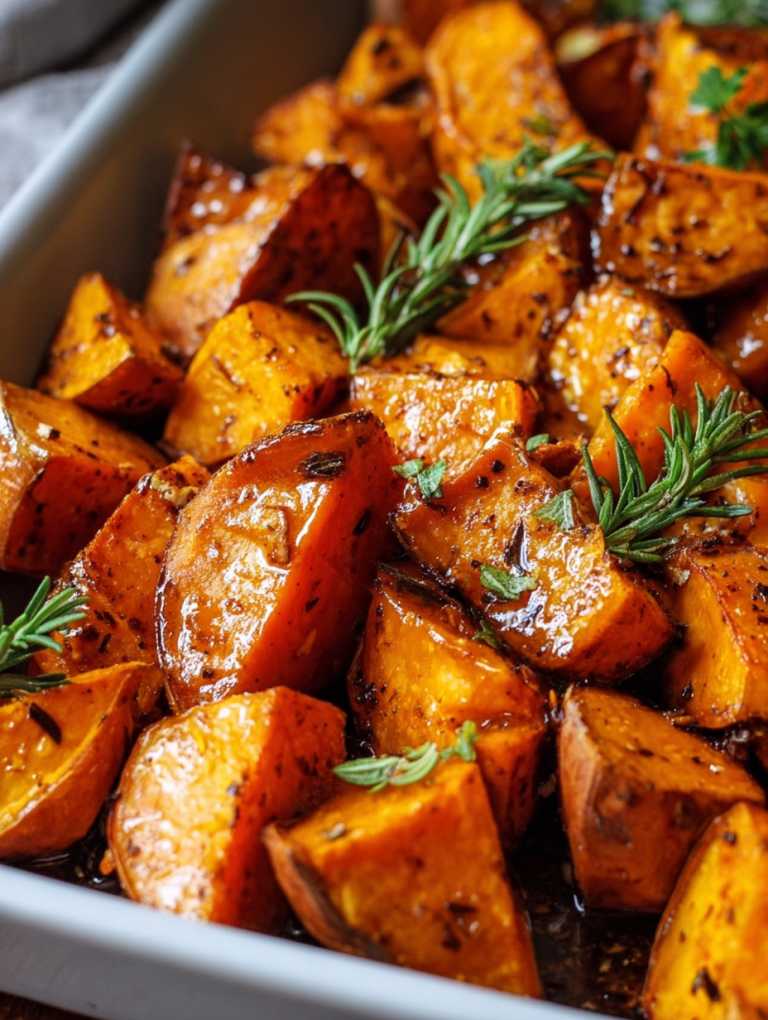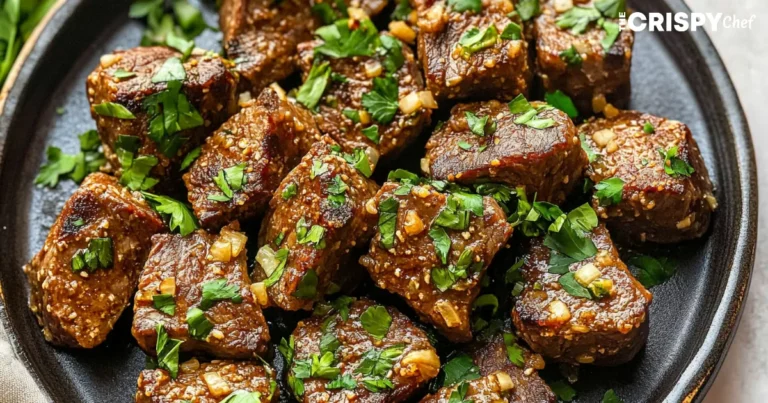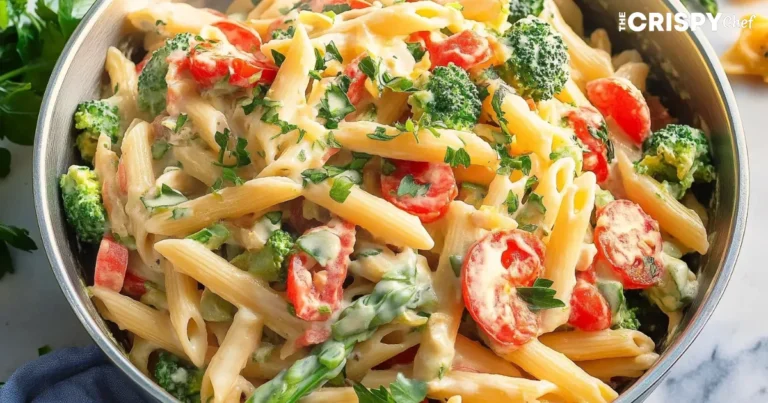You know that moment when you bite into perfectly grilled chicken and your taste buds basically throw a party? That’s exactly what happens with garlic parmesan grilled chicken. I’m not talking about some fancy restaurant dish that costs your firstborn—I’m talking about something you can master in your own backyard that’ll have your neighbors “accidentally” dropping by around dinner time.
Look, I’ve been grilling for years, and I can tell you that most chicken recipes either leave you with cardboard-dry meat or something so bland it needs a passport to Flavortown. But garlic parmesan grilled chicken? This beauty hits different. It’s got that perfect balance of savory garlic punch and rich, nutty parmesan that makes you wonder why you ever bothered with plain grilled chicken in the first place.
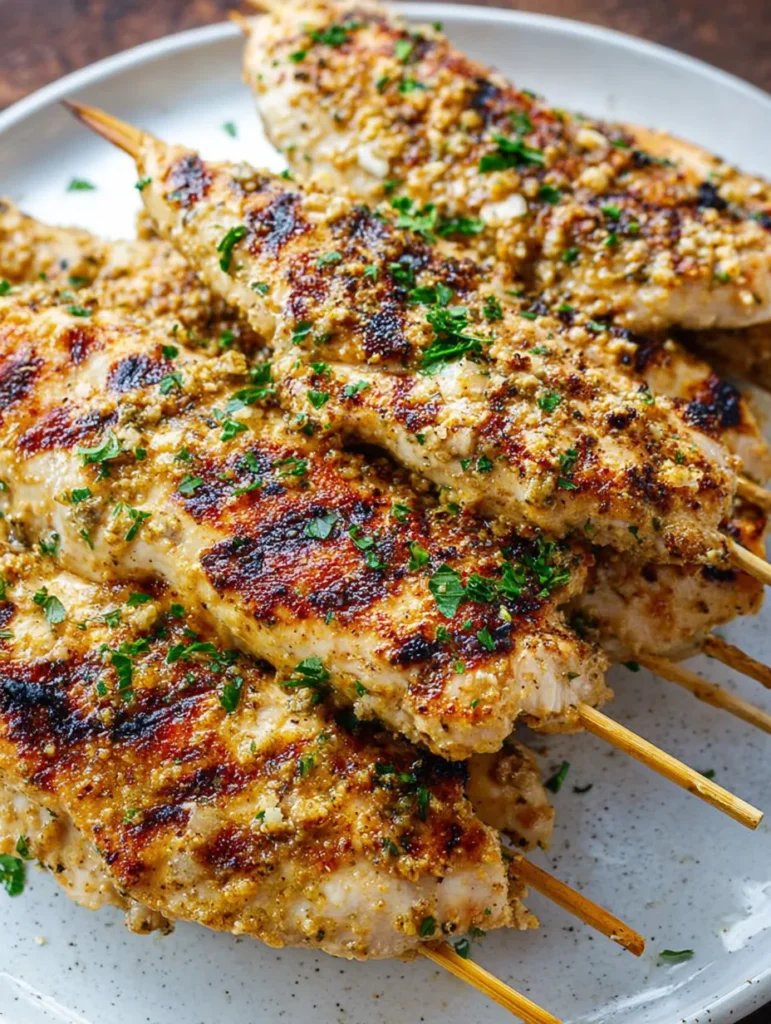
Why Garlic Parmesan Grilled Chicken Rules the Backyard
Here’s the thing about this combination—it’s not just delicious, it’s smart cooking. Garlic brings that aromatic, slightly spicy kick that makes your kitchen (or backyard) smell like heaven. Parmesan adds a salty, umami-rich depth that transforms ordinary chicken into something your family will actually get excited about.
Ever notice how some flavor combinations just work? Like peanut butter and jelly, or Netflix and procrastination? Garlic and parmesan are culinary soulmates. The garlic’s pungency mellows beautifully on the grill, while the parmesan creates this incredible crust that locks in all those juices.
The Science Behind the Magic
When you grill chicken with garlic and parmesan, you’re essentially creating a flavor fortress. The garlic compounds break down under heat, becoming sweet and mellow instead of harsh. The parmesan? It forms this gorgeous golden crust that seals in moisture while adding texture that makes every bite interesting.
I learned this the hard way after years of serving chicken that looked great but tasted like it came from the Department of Bland Foods. The secret isn’t just slapping some seasoning on there—it’s about understanding how these ingredients work together under heat.
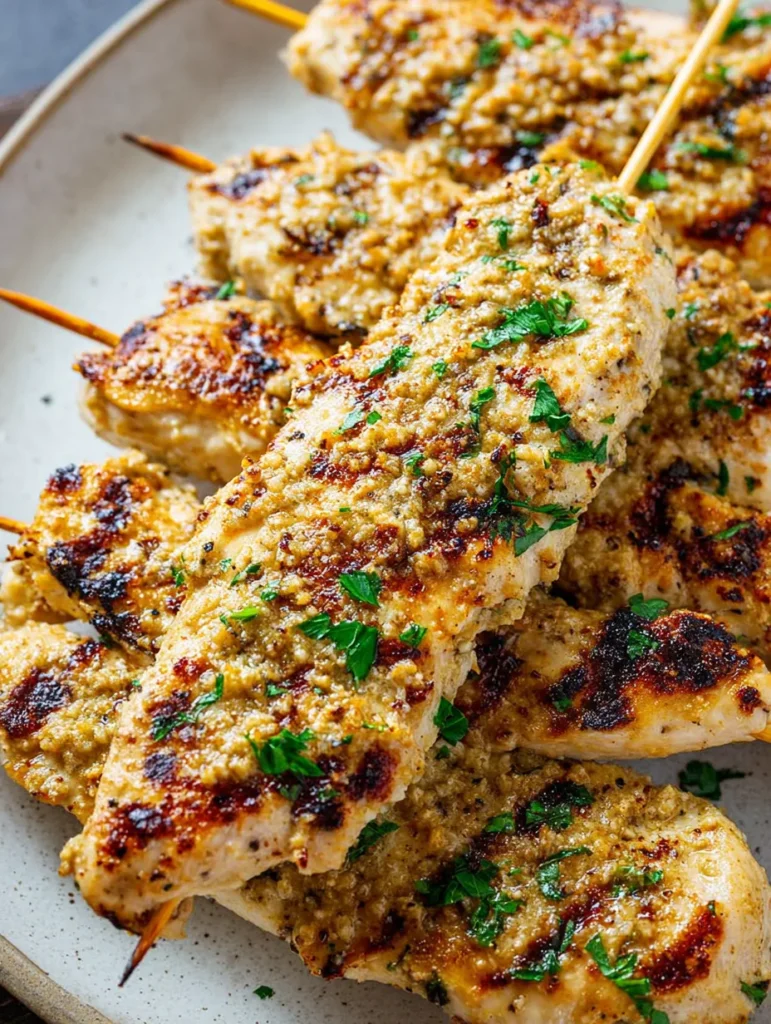
Getting Your Chicken Game Right
Choosing the Perfect Cut
Not all chicken pieces are created equal, and your choice here can make or break your garlic parmesan dreams. Here’s what I’ve learned works best:
Chicken Thighs: These are my go-to choice. They’re practically impossible to overcook, stay juicy, and have enough fat to keep the flavors singing. Plus, they’re usually cheaper than breasts, which is always a win in my book.
Chicken Breasts: The classic choice, but you need to watch them like a hawk. They can go from juicy to jerky faster than you can say “food thermometer.” If you’re going the breast route, consider pounding them to even thickness—trust me on this one.
Drumsticks: Great for casual gatherings and kids love them. They take longer to cook but are nearly foolproof once you get the timing down.
The Marinade That Changes Everything
This is where the magic happens, folks. A good marinade doesn’t just add flavor—it transforms the meat. My go-to garlic parmesan marinade includes:
- Fresh garlic (none of that pre-minced jar stuff, please)
- Freshly grated parmesan (the real deal, not the green can)
- Olive oil (good quality makes a difference)
- Fresh herbs like thyme or rosemary
- A splash of lemon juice (brightens everything up)
- Salt and pepper (the foundation of all good cooking)
The key is giving your chicken time to soak up all these flavors. I typically marinate for at least 2 hours, but overnight is even better. IMO, patience here pays off big time.
Grilling Techniques That Actually Work
Setting Up Your Grill Like a Pro
Whether you’re using gas or charcoal, the setup is crucial. You want two heat zones: one hot side for searing and one medium side for cooking through. This isn’t rocket science, but it’s the difference between professional-looking results and chicken that’s charred outside but raw inside.
For gas grills, I keep one side on high and the other on medium-low. For charcoal, I pile most coals on one side and leave the other side with just a few scattered pieces.
The Grilling Process Step by Step
- Start with the sear: Place your marinated chicken on the hot side of the grill. You want to hear that satisfying sizzle—that’s the sound of flavor being locked in.
- Flip once: I know it’s tempting to keep flipping, but resist! Let each side get a good 4-5 minutes on the hot side before moving.
- Move to indirect heat: After both sides are nicely seared, move the chicken to the cooler side to finish cooking through.
- Check your temperature: This is non-negotiable. Chicken needs to hit 165°F internal temperature. No guessing, no “it looks done”—use a thermometer.
Common Mistakes That’ll Ruin Your Day
Let me save you from some painful lessons I learned the hard way:
Overcrowding the grill: Give your chicken some breathing room. Cramming everything together leads to uneven cooking and steaming instead of grilling.
Skipping the rest period: Let your chicken rest for 5-10 minutes after grilling. This lets the juices redistribute instead of running all over your cutting board.
Not cleaning the grill: Seriously, clean grates prevent sticking and give you those beautiful grill marks everyone loves to see.
Flavor Variations That’ll Keep Things Interesting
Mediterranean Twist
Add some dried oregano and sun-dried tomatoes to your marinade. Serve with tzatziki sauce and you’ve got yourself a Greek-inspired feast.
Spicy Kick Version
Throw in some red pepper flakes or a dash of hot sauce to your marinade. The heat plays beautifully with the garlic and parmesan.
Herb Garden Special
Mix in fresh basil, parsley, and chives for a bright, garden-fresh flavor that screams summer.
Serving Suggestions That Complete the Meal
Side Dishes That Complement
Grilled vegetables are a no-brainer. Zucchini, bell peppers, and asparagus all pick up great flavor on the grill and match the Italian vibe.
Garlic bread might seem like overkill, but hey—if you’re going full garlic, why not commit? 🙂
Caesar salad brings that same parmesan energy and adds some freshness to balance the richness.
Wine Pairings (Because Why Not?)
A crisp Pinot Grigio or Sauvignon Blanc cuts through the richness beautifully. If you prefer red, go with something light like Chianti that won’t overpower the delicate chicken flavors.
Troubleshooting Your Garlic Parmesan Grilled Chicken
When Things Go Wrong
Chicken is dry: This usually means you overcooked it or didn’t marinate long enough. Next time, use a meat thermometer and be more patient with the marinade.
Flavors are weak: You probably used too little seasoning or didn’t let the marinade do its job. Don’t be shy with the garlic and parmesan—they’re the stars of this show.
Grill marks are weak: Your grill wasn’t hot enough, or you moved the chicken too soon. Patience, grasshopper.
Pro Tips for Next-Level Results
Brine first: If you really want to go all out, brine your chicken for a few hours before marinating. This ensures juicy, well-seasoned meat throughout.
Finish with fresh parmesan: Grate some fresh parmesan over the hot chicken right off the grill. It’ll melt slightly and add an extra layer of flavor.
Save some marinade: Set aside a portion of your marinade before adding the raw chicken. You can use this as a sauce or for basting (never use marinade that touched raw chicken).
Making It a Regular Rotation Meal
Meal Prep Magic
This recipe scales beautifully for meal prep. Grill a big batch on Sunday, and you’ve got protein sorted for the week. The flavors actually improve after a day in the fridge—something about letting all those tastes meld together.
Storage and Reheating
Store your grilled chicken in the fridge for up to 4 days. When reheating, use the oven at 350°F for about 10 minutes rather than the microwave. You’ll maintain that texture instead of turning it into rubber.
The Bottom Line on Garlic Parmesan Grilled Chicken
Look, I’ve tried a lot of chicken recipes over the years, and most of them end up forgotten in my recipe box. But garlic parmesan grilled chicken? This one’s a keeper. It’s simple enough for weeknight dinners but impressive enough for company.
The combination of garlic and parmesan isn’t just delicious—it’s reliable. You know exactly what you’re getting every time, and it delivers. Plus, it makes your house smell incredible, which is basically free aromatherapy.
FYI, once you master this recipe, you’ll probably become the designated grill master at family gatherings. Fair warning—it’s a responsibility that comes with great power and even greater expectations for your potato salad game.
So fire up that grill, grab some good chicken, and get ready to elevate your backyard cooking game. Your taste buds (and your dinner guests) will thank you. And who knows? You might just find yourself looking forward to chicken dinner again—imagine that!
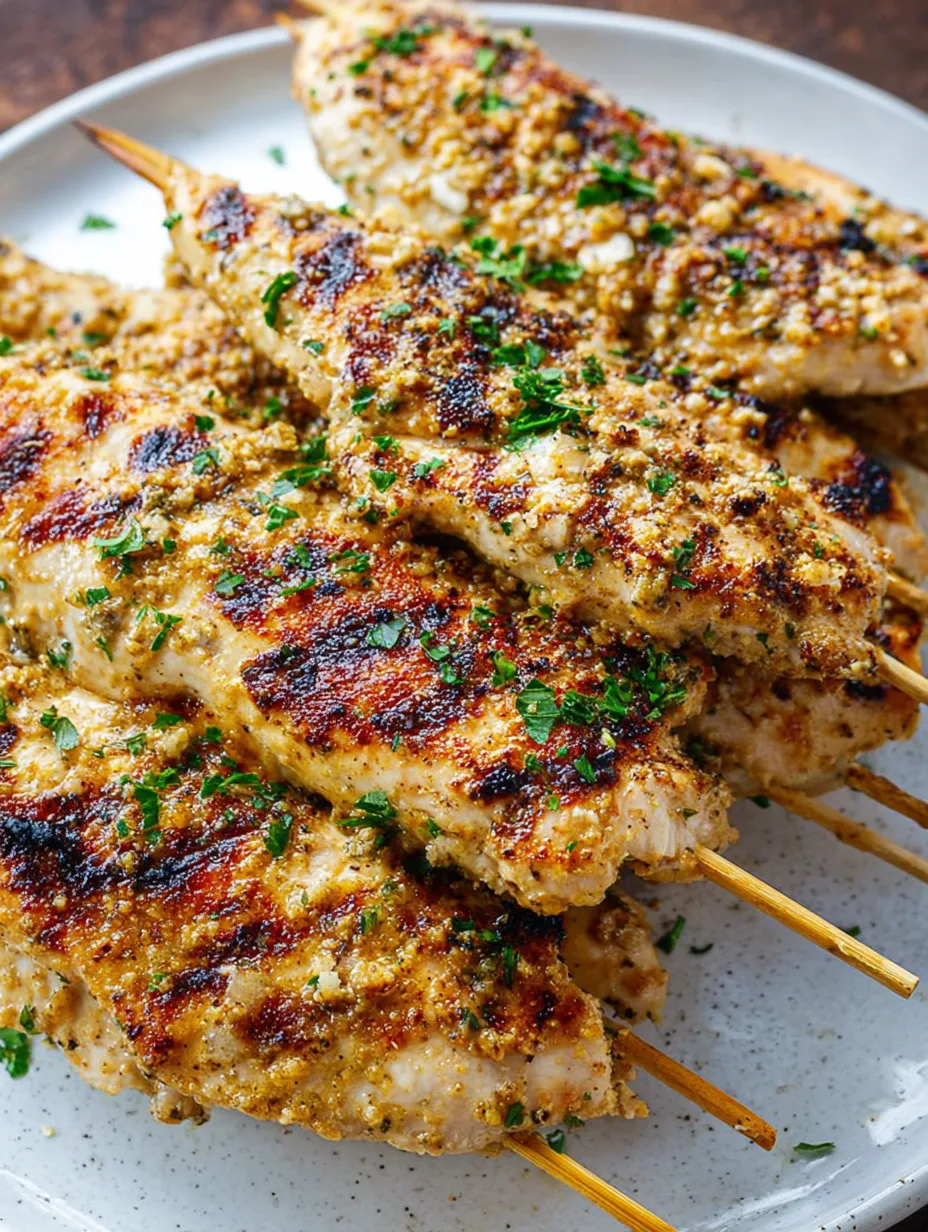
Garlic Parmesan Grilled Chicken
Equipment
- Grill (gas or charcoal)
- Meat thermometer
- Mixing bowl
- Tongs
- Basting brush (optional)
Ingredients
- 4 boneless chicken thighs or breasts
- 4 cloves garlic minced
- ½ cup freshly grated parmesan cheese
- 3 tbsp olive oil
- 1 tbsp lemon juice
- 1 tbsp chopped fresh thyme or rosemary
- Salt and pepper to taste
Optional Add-ons:
- Red pepper flakes for spice
- Sun-dried tomatoes for Mediterranean twist
- Fresh chopped basil parsley, or chives (for garden flavor)
Instructions
- Prepare the Marinade: In a bowl, combine garlic, parmesan, olive oil, lemon juice, herbs, salt, and pepper. Mix well.
- Marinate the Chicken: Add chicken to the bowl and coat thoroughly. Cover and refrigerate for at least 2 hours or overnight.
- Heat the Grill: Set up your grill with two heat zones—one side high heat, the other medium-low.
- Grill – Sear First: Place chicken on the hot side. Sear 4–5 minutes per side until nice grill marks form.
- Finish on Indirect Heat: Move chicken to the cooler side of the grill and cook until internal temperature reaches 165°F.
- Rest: Let chicken rest for 5–10 minutes before serving.
- Optional: Grate fresh parmesan over the top just before serving.


